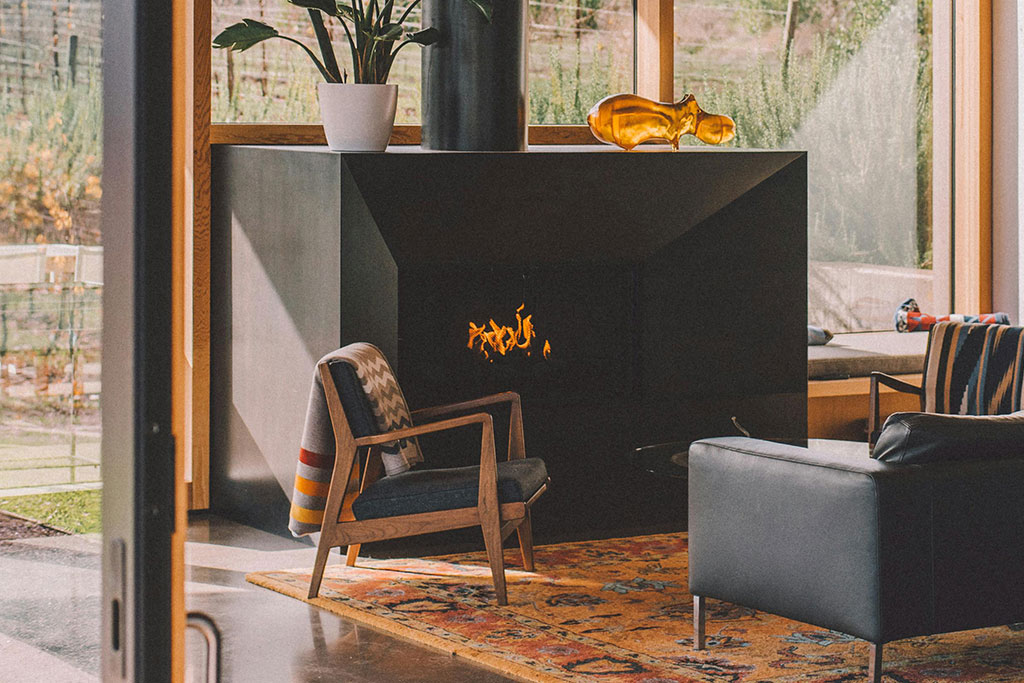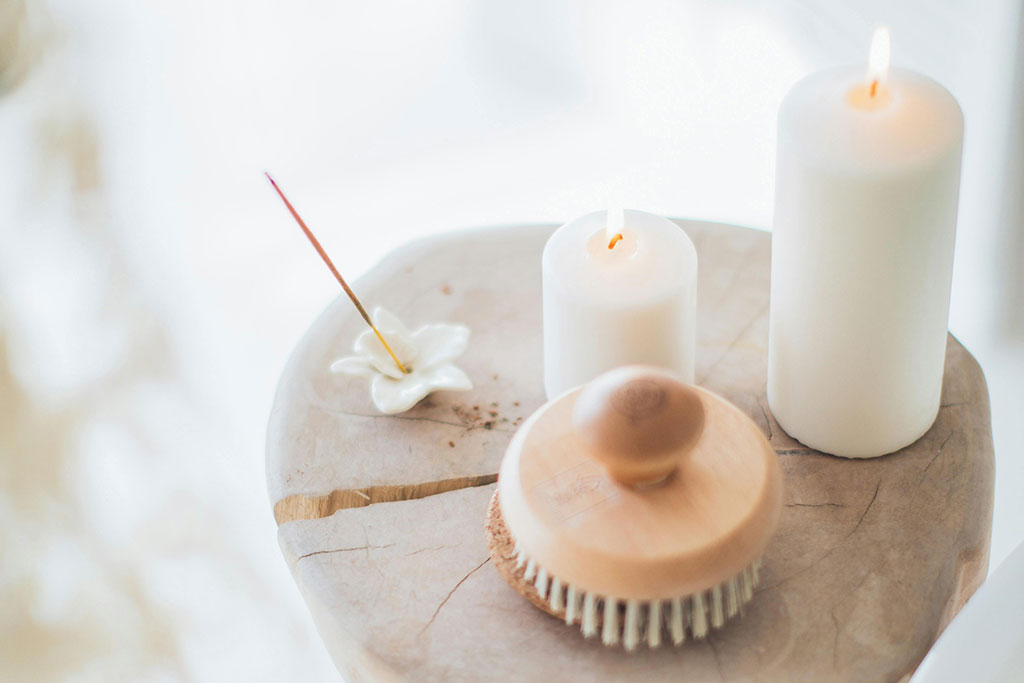Must-Have Fire Safety Tips for Fall
With its crisper air and swirling winds, fall is often the perfect time to light a few candles or ignite the fireplace and snuggle up with your loved ones to enjoy some quiet moments at home.
But before you break out the lighters and turn on the heater, there are a few key precautions you should take regarding these items to ensure that your home remains safe this season and beyond.

Fireplaces
Whether you use your fireplace for the heat or the cozy ambience, it’s important to check that it’s in good working condition. To start, the US Fire Administration recommends having your chimney inspected and cleaned annually. This will reveal if there are any structural issues, blockages such as nests, or buildup of soot or creosote, which is a flammable substance created by burning wood that could catch fire and pose a significant danger to your home.
Beyond the inspection, always have a screen or guard in front of your fireplace to keep ash and sparks from flying out into the room. Also, never leave it burning unattended, and keep a fire extinguisher close by in case of emergencies.
Safety detectors
Your home’s smoke and carbon dioxide detectors play an essential role in keeping you and your loved ones safe. First, make sure you have one in each of the recommended places: on each floor, inside every bedroom, and outside each sleeping area for smoke detectors and on each floor, inside or outside every bedroom, and in an attached garage for carbon monoxide detectors.
But even once they’re in place, it’s vital to routinely check that they’re functioning properly. As a general rule, you should change the batteries in each one at least once a year. A helpful way to remember this is the mantra “change your clock, change your battery.” In other words, each time daylight savings ends, swap out every battery in every detector, even if they still have a little juice left. It’s a necessary extra step to ensure that they don’t fail when you need them the most.
Space heaters
When the weather cools down, you may be tempted to reach for a space heater to warm up small areas of your home. However, these contraptions can pose a major fire hazard to your property. To mitigate this risk, always place the heater on a flat, stable surface and keep it at least three feet from flammable objects like curtains and bedding. Just as importantly, don’t use an extension cord or power strip, instead plugging it directly into a wall outlet. And remember to turn it off when you leave the room or go to bed.

Candles
Nothing sets the autumnal mood quite like the warm glow of candles, but they should always be handled with care. Before lighting one, be sure to place it on a heat-resistant surface that’s away from anything flammable and out of reach of children and pets. As with your fireplace, never leave a burning candle unattended, extinguishing it before exiting the room or falling asleep. For an added layer of safety, consider swapping to battery-operated LED candles, which offer a similar cozy atmosphere without the risk. You could also use wax warmers, which often have automatic shutoffs, to get the same aromas as you would from a candle.
Outdoor spaces
As the leaves begin to fall, it may be tempting to let them pile up a bit before removing them to minimize how often you have to do it. Avoid giving in to procrastination, though—this natural material can serve as fuel for any potential fires in or around your home. Regularly rake and dispose of leaves and twigs, especially if you’re planning to use your firepit or grill this season. And if you leave your car outside, never park it over a pile of leaves since the heat emitted from it could cause the dry material to ignite.
Prepare for the unexpected
Despite taking every precaution, accidents can still happen, making it important that you have an emergency plan in place. Make sure every member of your household knows how to safely exit your home in case of a fire, and establish a designated meeting spot outside. It’s also a good idea to have a fire escape ladder in any rooms that are on an upper floor.
In addition, verify that your home insurance policy is up to date and provides adequate coverage for fire damage. If it doesn’t, consider working with a qualified agent, who can help you find a policy that’s right for you and your needs.


















